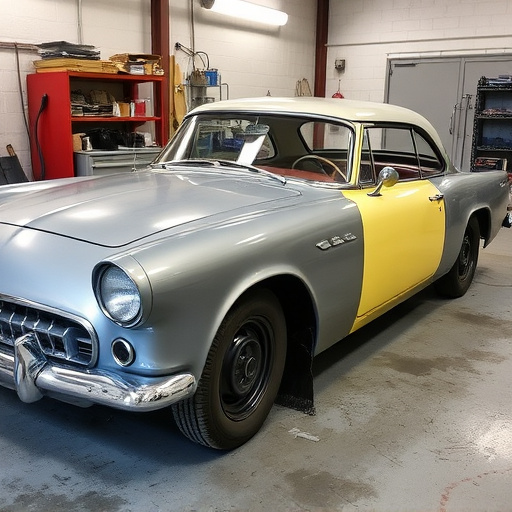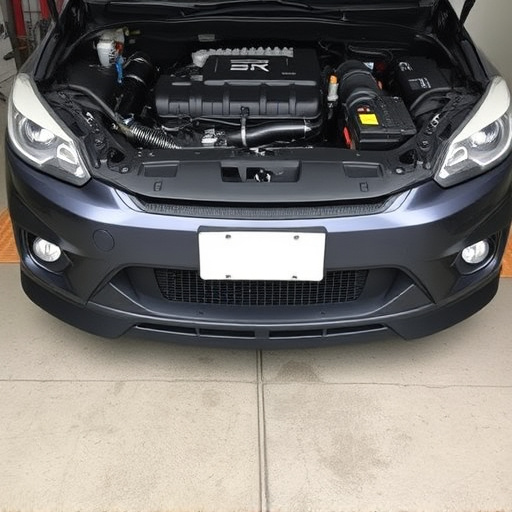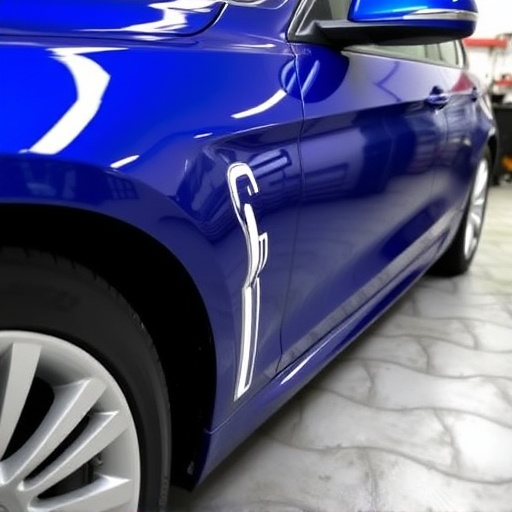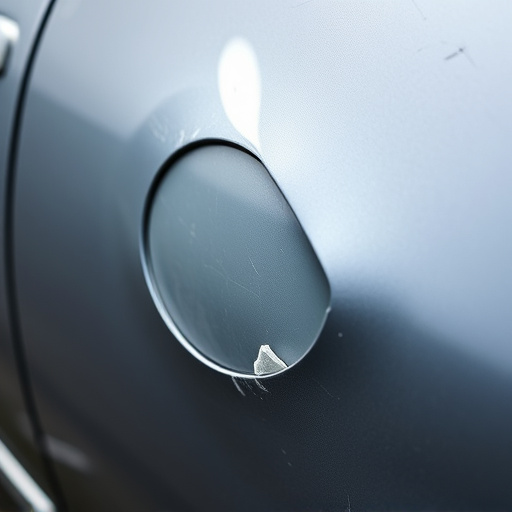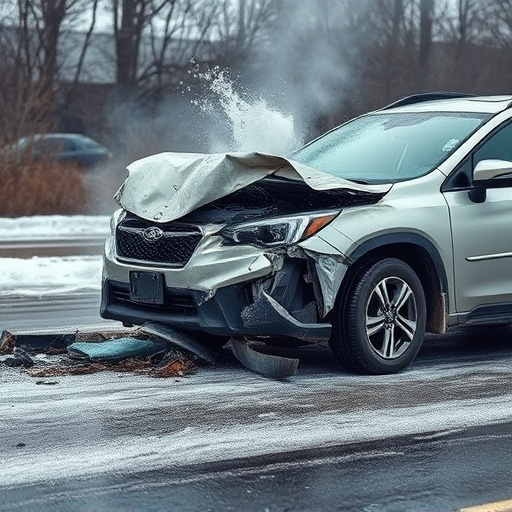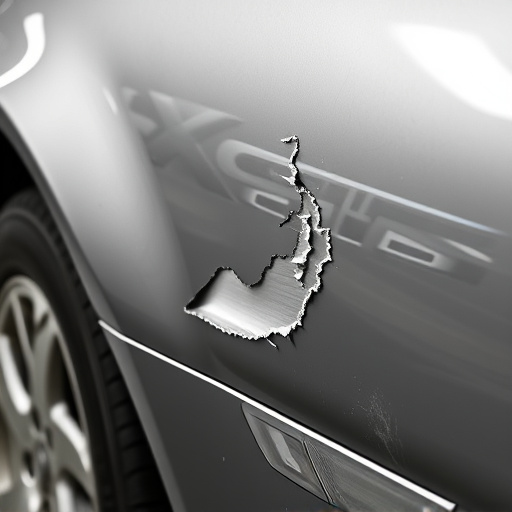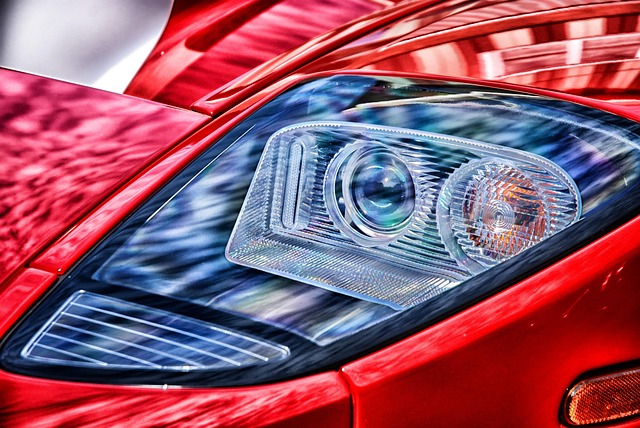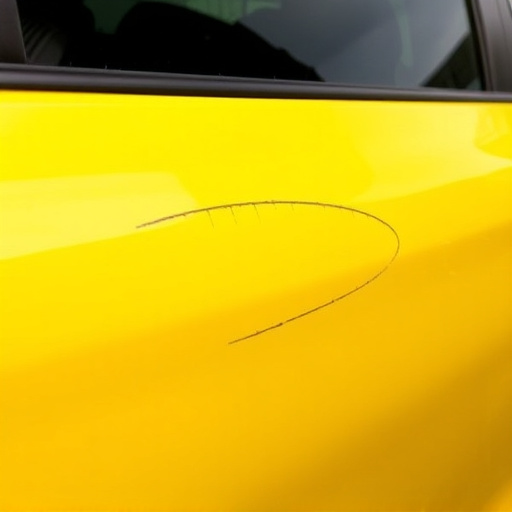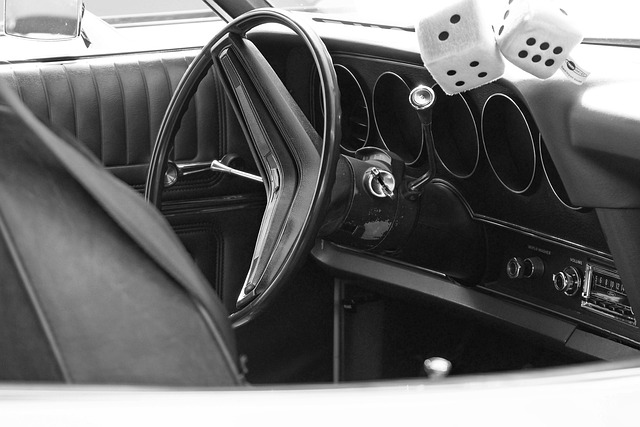After a car accident, inspect your Tesla home charger for damage. Turn off power at the circuit breaker or disconnect until professionally assessed and repaired by a qualified technician. For charging speed issues, check connections, power supply, and secure all cables. Consult a luxury vehicle repair service for diagnosis and resolution of electrical and cosmetic problems affecting performance. Consider replacements or upgrades to damaged components and charging models for meticulous repair and enhanced efficiency post-accident.
Experiencing charging issues with your Tesla after a minor accident? Don’t worry, you’re not alone. This guide delves into the common problems that can arise from car-to-home charger damage and offers practical solutions for troubleshooting slow charging speeds. We also explore replacement options and upgrades to ensure optimal charging performance post-accident, keeping your electric vehicle powered up efficiently.
- Assessing Tesla Home Charger Damage After an Accident
- Troubleshooting Charging Speed Issues at Home
- Replacement and Upgrades for Optimal Charging Performance
Assessing Tesla Home Charger Damage After an Accident
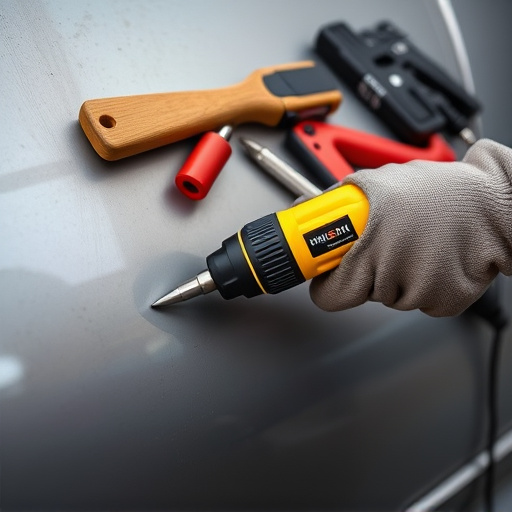
After a car accident, assessing the damage to your Tesla home charger is crucial before attempting any charging. Look for visible signs such as bent or broken wiring, damaged connectors, and cracks in the housing. If the charger shows significant physical harm, it’s best to consult a professional auto repair shop specializing in electric vehicle (EV) components. They can provide accurate assessments and reliable body shop services tailored to Tesla home chargers.
Remember that your safety is paramount when dealing with charging equipment post-accident. Never attempt to use a damaged charger, as it could pose electrical hazards. Turn off the power at the main circuit breaker or disconnect the charger from its power source until you’ve had it inspected and necessary repairs completed by a qualified technician.
Troubleshooting Charging Speed Issues at Home
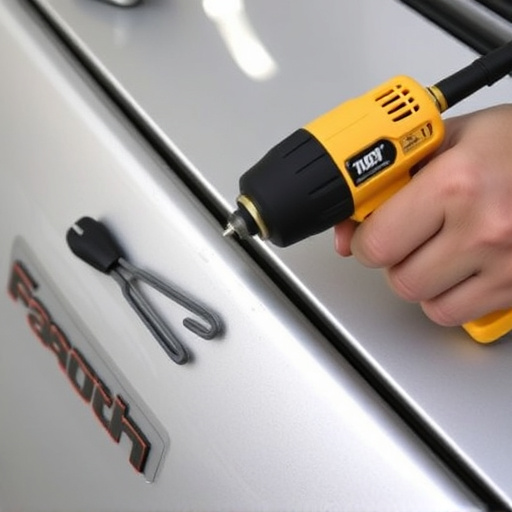
If your Tesla home charger isn’t functioning optimally after an accident, troubleshooting charging speed issues is a crucial step in getting back on track. Start by inspecting the charger and its connection to your vehicle for any visible damage. A simple check can often reveal loose cables or damaged components that need replacing. Ensure all connectors are secure and in good condition.
Next, verify the power supply to your home charging station. Check the circuit breaker associated with the charger to make sure it’s in the ‘on’ position and hasn’t tripped. In some cases, a faulty power outlet or an outdated electrical system might slow down charging speeds. Consulting with a professional luxury vehicle repair service can help diagnose and resolve these issues, utilizing techniques like paintless dent repair for any cosmetic dents that might affect performance.
Replacement and Upgrades for Optimal Charging Performance
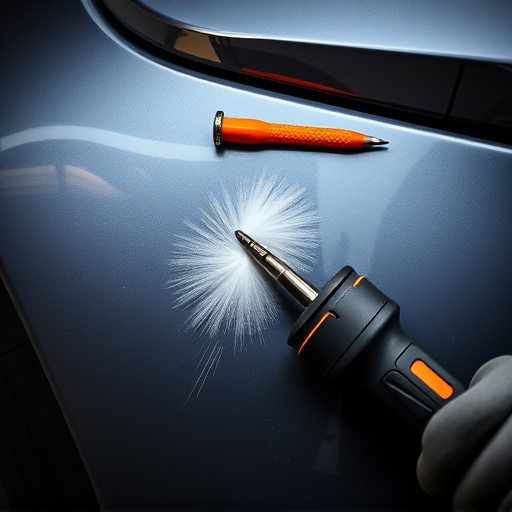
After an accident, your Tesla home charger may require replacement or significant upgrades to ensure optimal charging performance. One of the first things to inspect is the condition of the charger’s components, including cables and connectors. Damage from a collision can compromise the integrity of these parts, leading to inefficient charging speeds or even safety hazards.
Upgrading your Tesla home charger involves more than just replacing damaged parts. It could include switching to faster charging models capable of delivering higher amperage, which in turn accelerates the charging process. Moreover, consider investing in advanced charging stations that offer smart features, allowing you to monitor and control energy usage, especially beneficial for owners of luxury vehicles seeking top-tier maintenance post-accident, including meticulous fender repair and meticulous bodywork restoration.
After navigating through assessing damage, troubleshooting charging speed issues, and considering replacement or upgrades, it’s clear that addressing Tesla home charger problems requires a systematic approach. By understanding the specific challenges faced, whether post-accident damage or inconsistent charging speeds, owners can ensure their electric vehicle (EV) remains efficiently charged. Opting for professional repairs or exploring upgrades like faster charging models can significantly enhance the overall EV ownership experience, making it smoother and more sustainable in today’s rapidly evolving automotive landscape.
